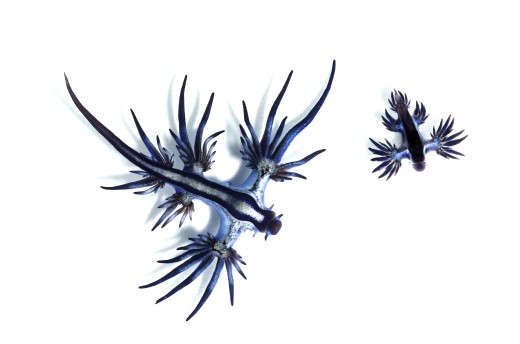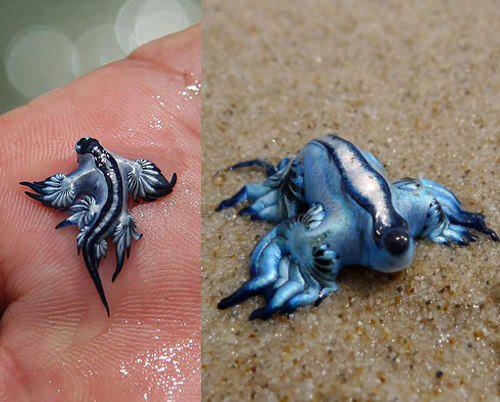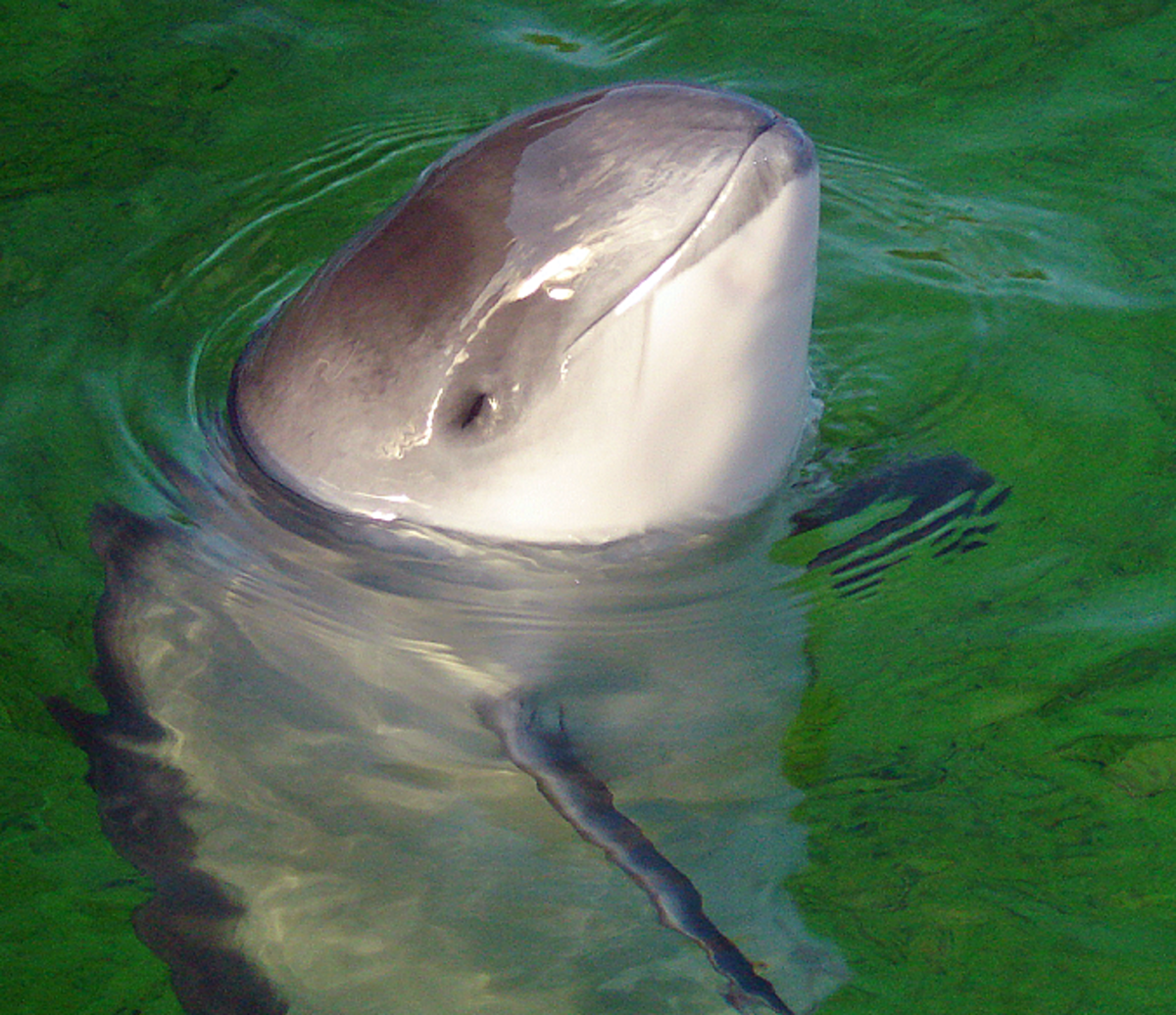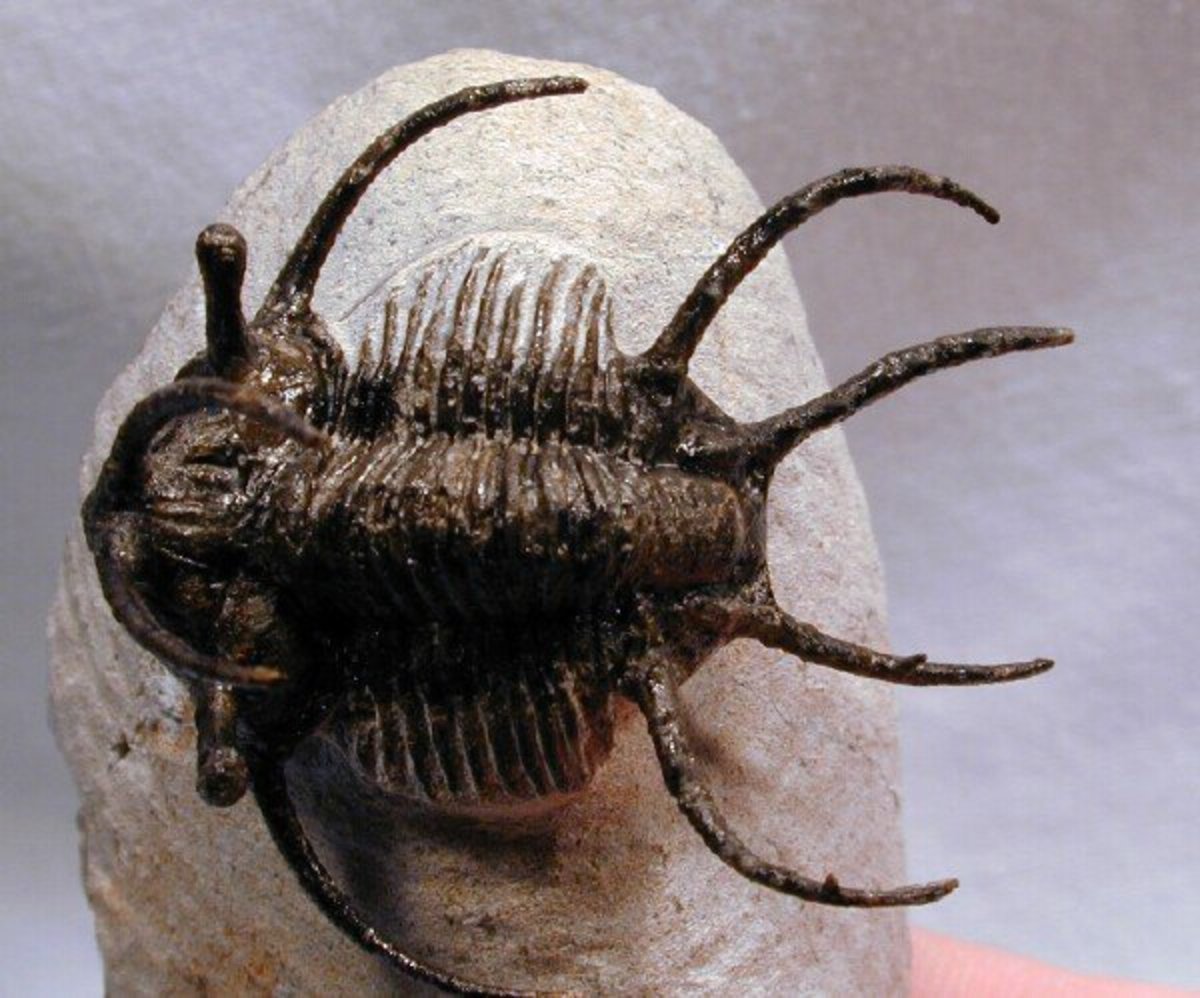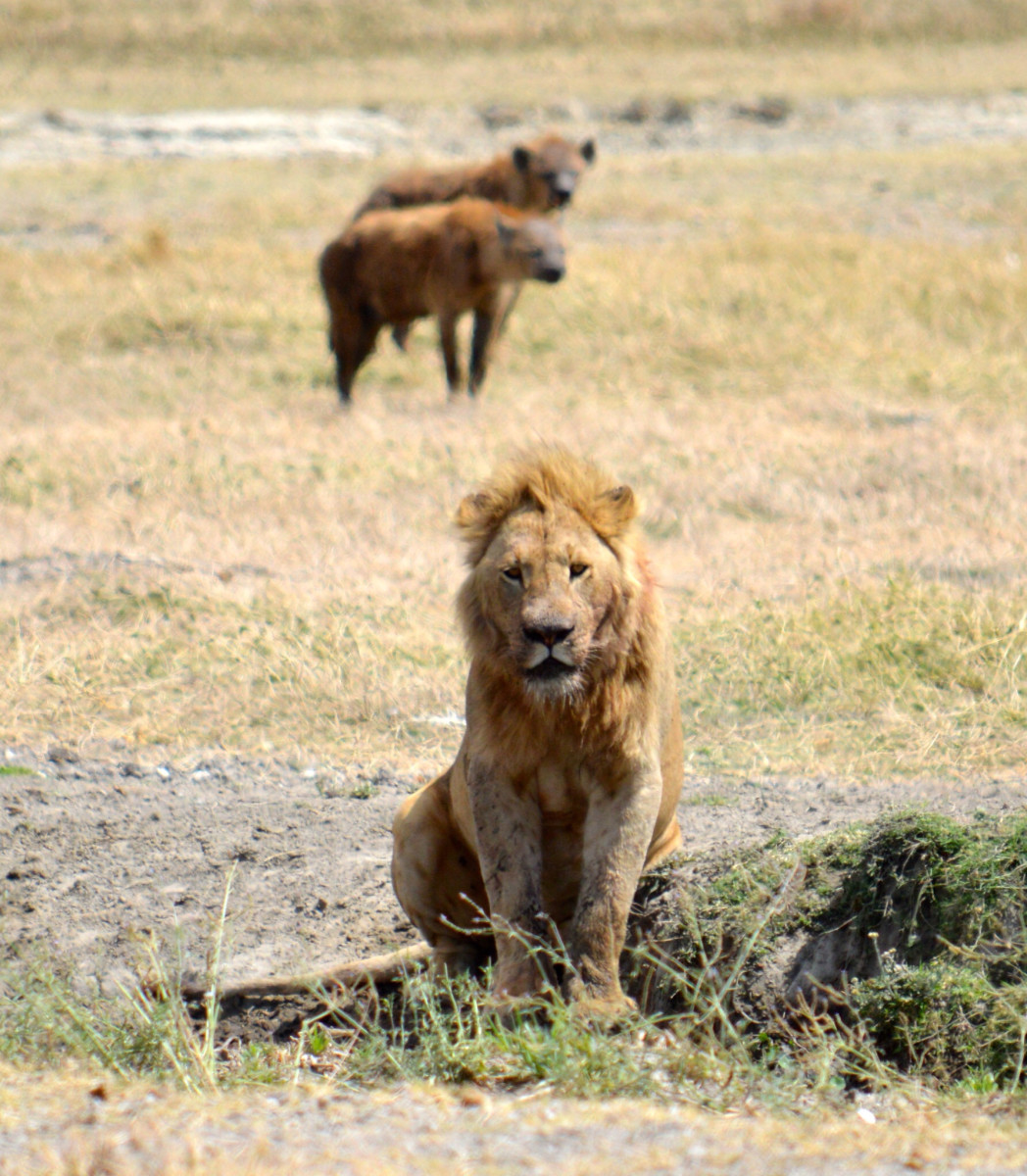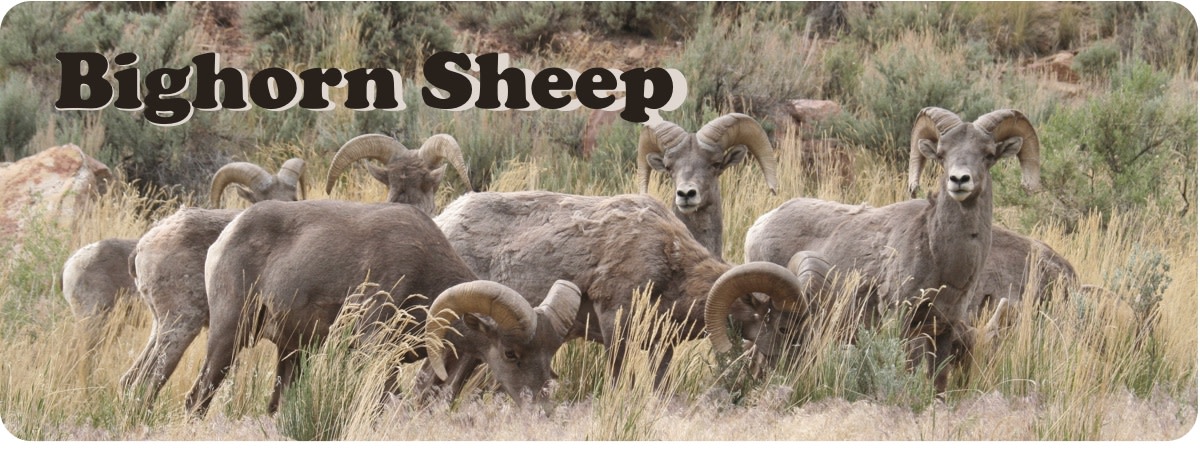Odd Animals
Everyone knows animals come in all shapes and sizes. However, when we see an animal that looks strange or unusual we tend to assume it is a mutant or someone is playing with photoshop. It is difficult to imagine the possibility of the creature actually being real, let alone serving a purpose in it's respective habitat. Other animals are so repulsive to most of us we would rather not think of them at all. Whatever we feel about an animal, they all play a role in their ecosystems. Without their presence the pieces of the world they inhabit would cease to function properly.
Blobfish
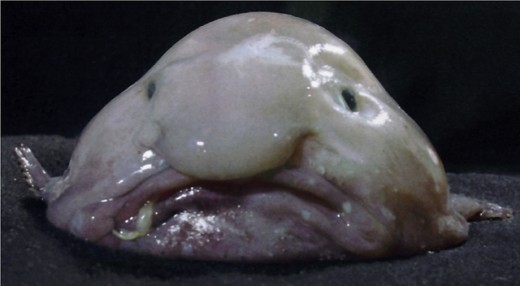
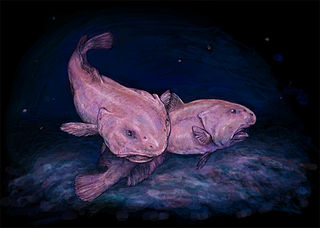
The blobfish is a deep sea fish that inhabits the waters off the coasts of Australia, Tasmania and New Zealand. They live at depths between 2,000 and 3,900 ft where the pressure is much higher than at sea level. Because of this gas bladders are inefficient for maintaining buoyancy, instead the flesh of the blobfish is mostly a gelatinous mass with a lower density than sea water. This enables the fish to float above the sea floor without using it's energy on swimming. It has a very simple way of collecting food, it eats anything edible that happens to float in front of it. Because it lives in very deep water it's appearance changes dramatically when on the surface. Pictures of the decompressed fish has lead to it earning the title of the world's ugliest animal.
Lowland Streaked Tenrec
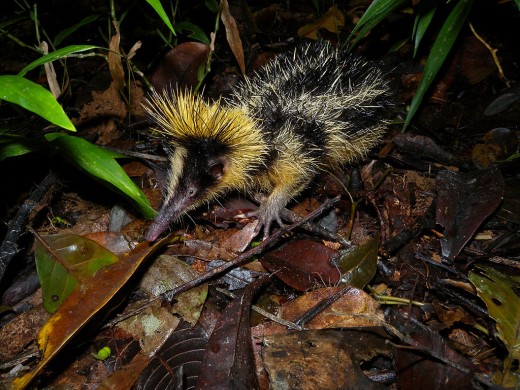
Found in tropical lowland rain forests in northern and eastern Madagascar, it is 4 to 6 inches long. When threatened by a predator, it points the barbed quills on its back and on the crest of its head forward and drives them in to the attackers nose or paws. The non-barbed quills clustered in the middle of the back are used to produce a faint chattering sound and is used for communication within family groups. This process is known as stridulation and the lowland streaked tenrec is the only mammal known to do this.
Yeti Crab
Found in 2005 in the South Pacific, those who discovered it called it the Yeti Crab due to it's silky blond hair-like covering. It's scientific name is Kiwa Hirsuta, but most people refer to it by it's common name. It is about 6 inches long and believed to be blind. This is due to it's very small eyes that lack any pigmentation. It was discovered about 930 miles south of Easter Island living on hydrothermal vents at a depth of 7,200 ft. There is some debate about what it eats but most believe it is a carnivore.
Hagfish
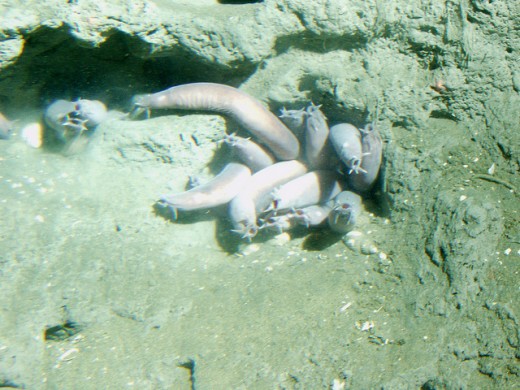
Hagfish are the only known living creatures that has a skull but no vertebral column. Considered living fossils, hagfish remain similar to their ancestors from 300 million years ago. These animals can ooze large amounts of a micro-fibrous slime or mucus from approximately 100 glands running along the side of their bodies. When the slime comes into contact with water it can expand to about five gallons. This is believed to be an adaptation to prevent becoming prey. Hagfish are opportunistic feeders and will eat just about anything. Though they can survive for months without food, they are active hunters and it has been suggested that the slime is also used as a weapon.
The Saiga Antelope
The saiga antelope is a critically endangered species which originally inhabited a vast area of the Eurasian steppe zone. This animal had already faced extinction in the 1920s, but conservation efforts worked and by the 1950s the creature had reached 2 million individuals. Ten years ago the population was over 1 million, today it estimated to be about 50,000. Efforts to save this species are once again underway. The saiga stands 2 ft to 2.5 ft at the shoulder and the horned males are larger than the females. The saiga is recognized by it's unusual, over-sized, flexible nose structure, the proboscis. During summer migrations the saigas' nose helps to filter dust kicked up by the herd and in the winter it heats up the air before it enters the body.
Glaucus Atlanticus
Click thumbnail to view full-size

The Glaucus Atlanticus is a pelagic sea slug that only grows to about 3 centimeters long. It lives throughout the world's oceans, in temperate and tropical waters. This animal floats upside down on the surface of the water hunting a wide variety of larger creature who also inhabit this space. It is able to feed on venomous animals due to an immunity and will actually absorb the venom and use it as it's own. The venom is stored and concentrated in the finger like projections on it's body. Because of this, it's sting can be more potent than the creatures it consumes. Like most Heterobranchia, this animal has both male and female reproductive organs and after mating, both creatures produce egg strings.
Tufted Deer
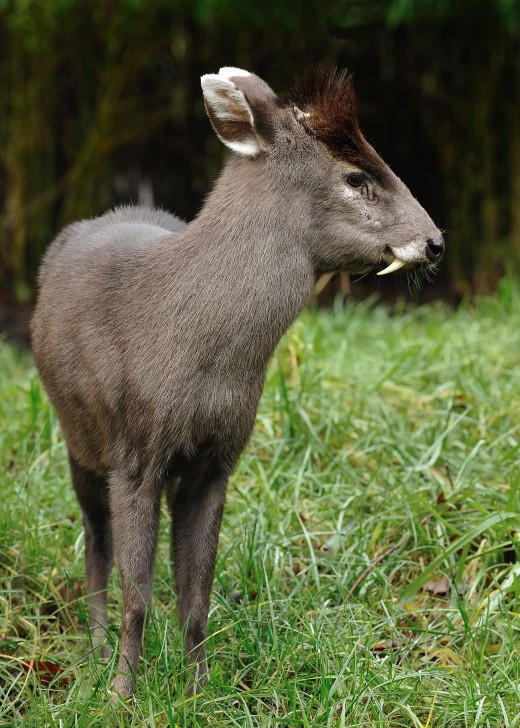
The tufted deer is a small species of deer noted for it's prominent tuft of hair on its forehead and fang-like canines on the males. It lives in forested mountain habitat mostly in China at 1,600 to 14,800 ft above sea level. It is most active at dawn or dusk and travels fixed routes around it's territory, which is vigorously defended by the males. Like most deer, this animal is timid and prefers areas with good cover so it can more easily blend in. Though the animal is not on the endangered species list, over-hunting is pushing it in that direction. Due to it's habitat, study is difficult and more research needs to be done in order to help in conservation efforts.
Dugong
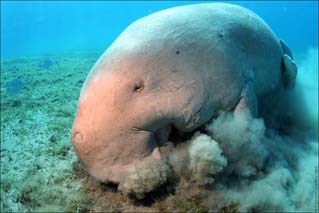
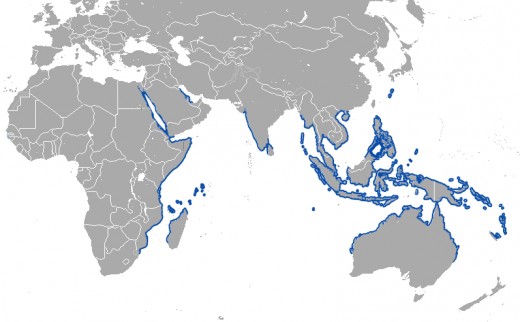
The dugong is the only herbivorous mammal that lives entirely in salt-water, unlike their cousins the manatees who spend some time in fresh water. They grow to about 9 and a half ft in length and weigh between 550 to 1,980 lbs, and females usually grow larger than the males. These animals have a life expectancy of 70 years or more. The dugong’s range spans 48 countries and an estimated 87,000 miles of coastline. Though this is believed to be shrinking, due to over hunting, habitat loss and environmental pollutions. Australia is currently leading all conservation efforts and study of this species. The last major worldwide study, conducted in 2002, concluded that the dugong was declining and possibly extinct in a third of its range.
African Civet
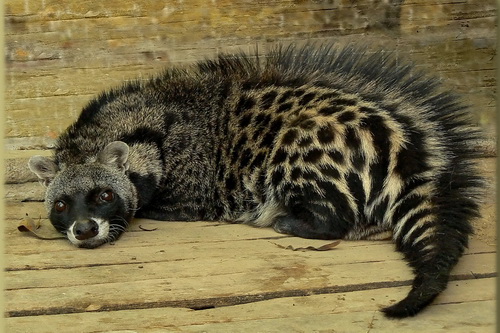
African Civets can be found through most of sub-Saharan Africa. It grows to about 39 to 52 in long including the tail and weighs between 15 an 44 lbs. Like all civets, it has perineal glands that produce a substance known as civetone, which it uses to mark its territory. This fluid has been the basic ingredient for many perfumes for centuries and is still being used today, however it is on the decline since the creation of synthetic musk. This animal will eat just about anything, including varieties of insects that are poisonous to most other creatures.
© 2014 Katrina

